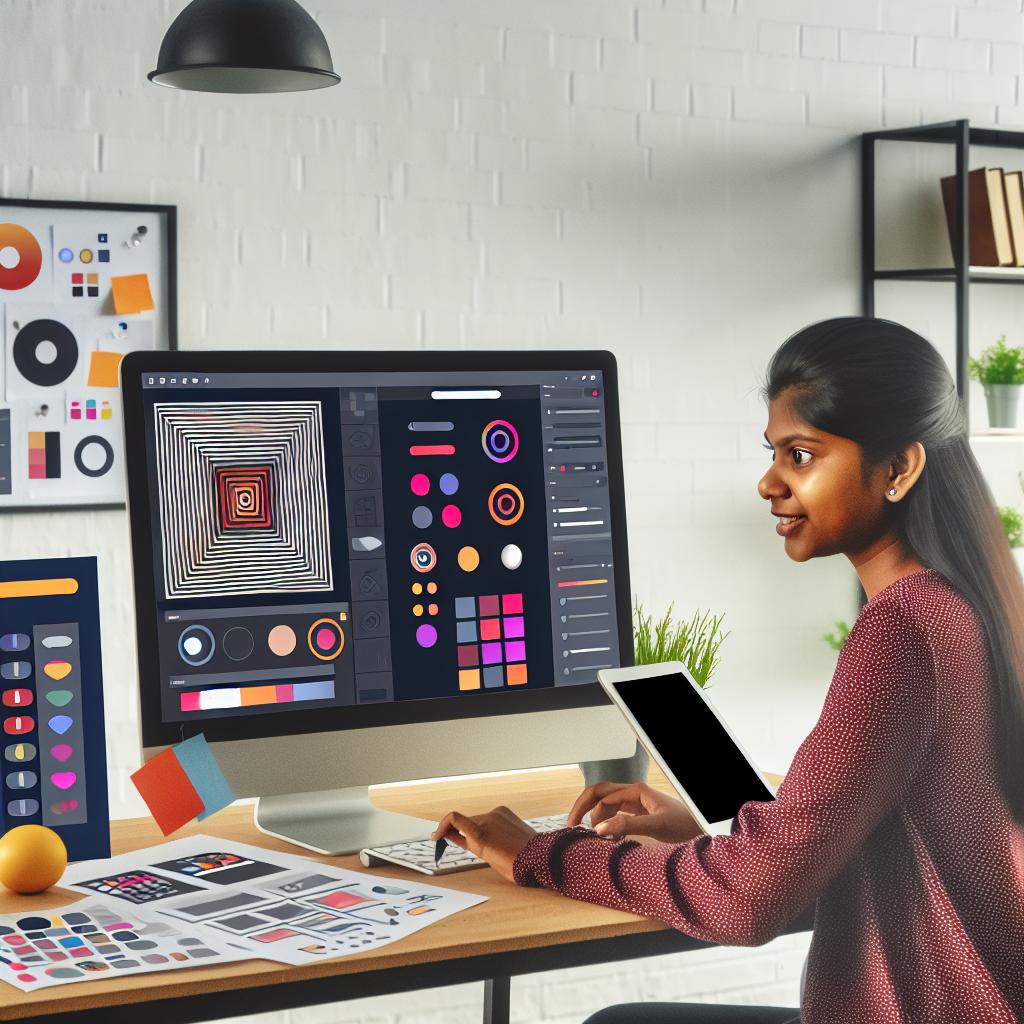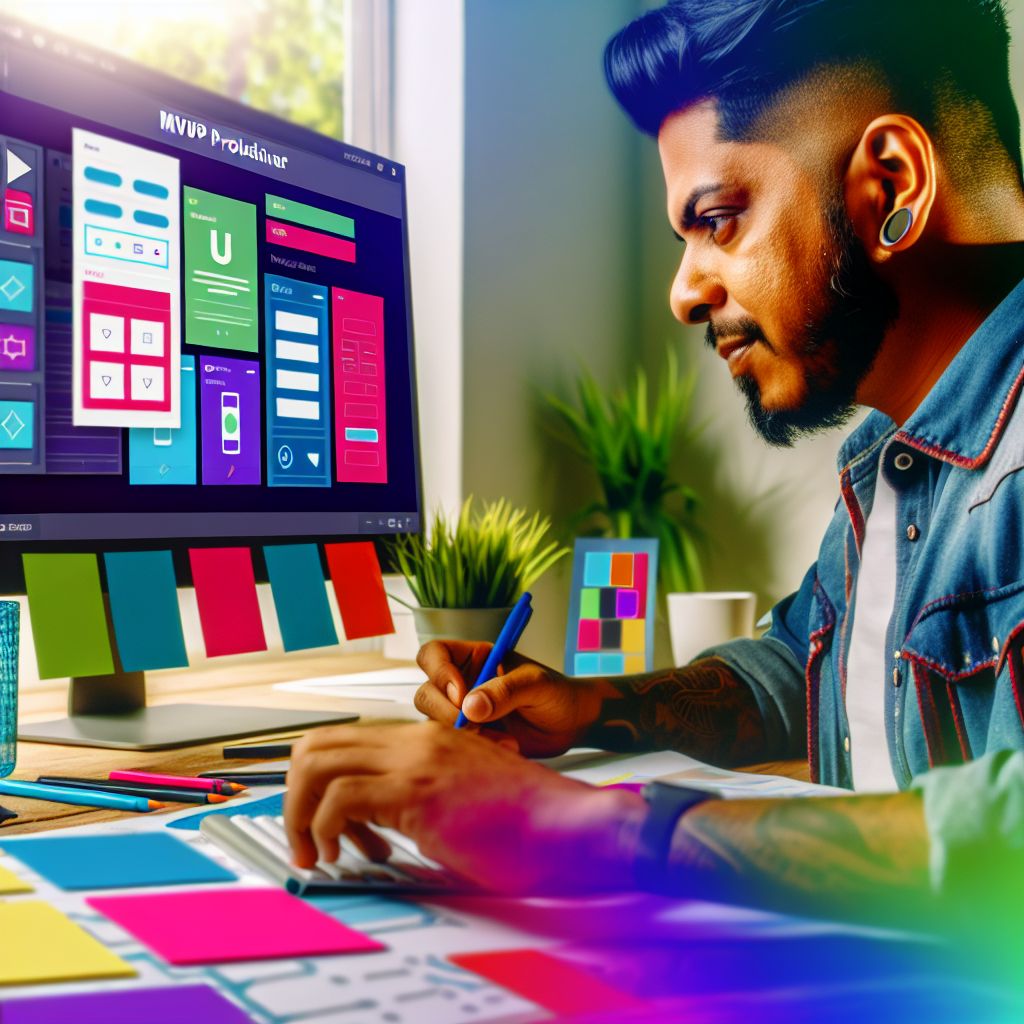Introduction to MVP Launches and the Importance of Speed
Understanding the MVP Concept
An MVP, or Minimum Viable Product, focuses on delivering core functionality quickly.
It allows startups like BrightPath Solutions to validate ideas with real users efficiently.
Developers create MVPs to test hypotheses while minimizing time and cost.
Therefore, speed plays a critical role in early-stage product development.
Why Speed Matters in MVP Launches
Fast launches help companies like NovaSoft capture market feedback before competitors do.
Rapid release cycles enable teams to iterate based on user insights effectively.
Additionally, quicker MVP launches reduce resource expenditure during uncertain phases.
Investors also favor startups that demonstrate speed and agility in product delivery.
Risks Associated with Delayed MVP Launches
A slow MVP release risks missing early adopter interest and market momentum.
Teams may also face increased development costs due to extended timelines.
Furthermore, delayed feedback can cause misalignment with customer needs.
Consequently, startups must prioritize speed without sacrificing essential quality.
Definition and Overview of Templates and UI Kits
Understanding Templates
Templates provide pre-designed layouts for digital products.
They offer a ready-made structure that saves valuable design time.
Developers and designers use templates to quickly visualize app interfaces.
Moreover, templates ensure consistency in style and user experience.
For example, startups often adopt templates to accelerate their MVP development.
Exploring UI Kits
UI kits consist of reusable components like buttons, icons, and menus.
They allow teams to maintain design uniformity across different screens.
Typically, UI kits come with customizable elements to fit brand guidelines.
Also, UI kits reduce coding effort by providing ready interface building blocks.
Tech companies such as NovaCorp have reported faster prototyping using UI kits.
Comparing Templates and UI Kits
Templates focus on entire page or screen layouts.
In contrast, UI kits contain individual elements for assembling interfaces.
Both tools enhance productivity but serve different design needs.
Consequently, combining them can streamline the MVP creation process.
For instance, designers can select a template and customize it using UI kit components.
Advantages of Templates and UI Kits in MVP Launches
Templates and UI kits significantly reduce design and development time.
They allow startups to test ideas without heavy upfront costs.
Furthermore, these tools encourage rapid iteration based on user feedback.
They also help maintain quality and professionalism even under time pressure.
Ultimately, they enable companies like Valtrex Solutions to launch faster and smarter.
How Templates Accelerate the Design Process for MVPs
Streamlining Initial Design Phases
Templates provide ready-made structures that jumpstart the design process.
Designers avoid building layouts from scratch by using these initial frameworks.
Consequently, teams save valuable time during early project stages.
Moreover, templates reduce decision fatigue by offering proven design patterns.
This focus allows designers to concentrate on customizing and refining core features.
Enhancing Consistency Across Interfaces
Templates enforce uniform styles throughout the entire MVP design.
Consistent colors, typography, and spacing improve user experience significantly.
For instance, Olivia Bennett’s startup benefited from a cohesive template design.
This consistency accelerates development as front-end teams receive clear guidance.
Additionally, consistent UI reduces errors and miscommunication among developers.
Facilitating Collaboration Between Teams
Templates create a common language between designers, developers, and stakeholders.
Teams at Lumisource Tech leveraged templates to speed up their review cycles.
This shared foundation enables quicker feedback and iteration rounds.
Furthermore, templates help onboard new team members smoothly and rapidly.
Ultimately, collaborative efficiency accelerates the overall MVP launch timeline.
Allowing Focus on Core User Needs
By using templates, teams allocate more time to validate target user problems.
Time saved in design empowers product managers like Ethan Park to refine features.
This targeted approach improves the chance of market success for the MVP.
In turn, products better address user pain points early in development.
Therefore, templates indirectly contribute to building more user-centric solutions.
Gain More Insights: Why Ready-Made Scripts Are Gaining Popularity in 2025
The Role of UI Kits in Maintaining Design Consistency and Branding
Ensuring Visual Uniformity Across Products
UI kits provide a comprehensive set of design components for developers and designers.
They standardize colors, typography, and iconography to ensure a cohesive user experience.
As a result, teams maintain visual uniformity across different products and platforms.
Consistency helps users recognize and feel comfortable with the brand.
Moreover, UI kits reduce the chance of design discrepancies during rapid development.
Supporting Brand Identity Through Design Elements
UI kits embed brand-specific elements such as logos, palettes, and fonts.
These elements reinforce the company's identity in every interface interaction.
Therefore, they help startups build trust and familiarity early on.
Additionally, maintaining brand integrity improves market differentiation and recall.
Facilitating Faster Design Iterations and Collaboration
UI kits streamline the workflow by providing reusable design assets.
Designers like Marco Esposito at BrightPath Solutions rely on UI kits for fast prototyping.
Developers quickly implement approved components without confusion.
This collaboration speeds up MVP launches without sacrificing quality.
Hence, teams focus more on innovation than repetitive design tasks.
Adapting UI Kits for Scalability and Flexibility
UI kits evolve as product requirements grow and change.
They allow flexibility to update design systems while preserving consistency.
Design leads such as Priya Desai at ClearWave ensure their kits stay relevant.
Consequently, the user interface scales smoothly with new features or branding updates.
This adaptability supports long-term product success and brand loyalty.
Find Out More: What Happens When Script Support Ends? Preparing for the Future
Cost-effectiveness of Using Templates and UI Kits in Early Product Stages
Reducing Development Expenses
Templates and UI kits significantly lower upfront design and development costs.
Startups like Evergreen Solutions benefit from reusable components that save time.
Consequently, teams avoid building interfaces from scratch, minimizing resource expenditure.
Moreover, developers focus more on unique features instead of UI basics.
This shift accelerates deployment while controlling overall budget needs.
Accelerating Time-to-Market
Using templates fast-tracks early product launches by offering ready-made layouts.
As a result, companies such as Radiant App Labs reduce iterative design cycles.
Teams quickly prototype and test ideas without wasting time on custom UI creation.
Therefore, they achieve faster market entry and user feedback gathering.
Ultimately, this efficient approach preserves financial and human resources.
Minimizing Risk in Product Validation
Templates help startups validate concepts without large upfront investments.
Early-stage entrepreneurs like Meridian Tech avoid costly design revisions.
They test viable products rapidly to gather market insights and pivot if needed.
This iterative process decreases wasted expenditure on non-viable ideas.
Hence, spending remains focused on high-impact improvements rather than design fundamentals.
Cost Benefits of Consistent Design Systems
UI kits include standardized styles and components that maintain design consistency.
Consistency reduces training needs and shortens onboarding for new developers.
Furthermore, maintenance costs drop due to reusable and well-documented assets.
Startups like Horizon Digital experience fewer design errors and faster fixes.
This consistency ensures effective use of limited budgets on strategic product tasks.
Financial Advantages of Using Templates and UI Kits
- Faster development cycles and reduced labor costs
- Lower risks by prototyping with proven design elements
- Streamlined collaboration among cross-functional teams
- Improved focus on core product features and user needs
- Scalable designs that adapt as the product grows
Learn More: Are GPL Scripts Safe to Use for Commercial Business Models?
Case Studies of Successful MVP Launches Using Templates and UI Kits
Streamlining Development at BrightWave Studios
BrightWave Studios launched their fitness tracking app in less than six weeks.
They used a premium UI kit with pre-designed components for mobile interfaces.
This approach allowed their developers to focus on backend logic instead of design details.
Consequently, BrightWave reduced design-development handoff delays significantly.
The MVP received positive user feedback within the first month of launch.
Moreover, rapid iteration based on this feedback improved user retention rates.
Accelerating Go-to-Market for EcoCart
EcoCart aimed to create an e-commerce platform promoting sustainable products.
They adopted a versatile template with responsive layouts for quick customization.
The template included necessary UI elements like product grids and checkout flows.
By doing so, EcoCart launched in half the expected time frame.
The early launch secured critical partnerships and attracted initial customers.
Additionally, the team avoided costly custom development during the initial phase.
Enhancing User Experience at FinSec Solutions
FinSec Solutions developed an MVP for personal finance management.
They integrated a well-documented UI kit tailored for financial data visualization.
This decision ensured consistency across dashboards and reporting screens.
Furthermore, UI components accelerated frontend development without sacrificing quality.
The MVP’s polished interface impressed early adopters and investors alike.
Subsequently, the startup secured additional funding for a full product rollout.
Leveraging Templates to Validate Market Demand at TravelNest
TravelNest focused on launching a travel itinerary planning tool quickly.
The company selected a multi-page website template suitable for showcasing features.
This choice reduced time spent on UI/UX design from weeks to days.
Consequently, TravelNest validated market demand faster than competing products.
Early users appreciated the intuitive navigation and responsive design.
As a result, TravelNest gathered vital user insights that guided feature prioritization.
Benefits Gained from Using Templates and UI Kits
- Significant reduction in development time and cost.
- Improved design consistency and user experience.
- Faster user validation and feedback incorporation.
- Early investor and customer engagement due to polished MVPs.
- Ability to focus internal resources on core product features.
Delve into the Subject: How to Flip Script-Based Platforms for Profit

Best Practices for Selecting and Customizing Templates and UI Kits
Evaluating the Right Templates and UI Kits
Select templates and UI kits that align with your product’s core features and user needs.
Focus on designs that prioritize simplicity and scalability to support future growth.
Choose kits with comprehensive components to speed up development effectively.
Consider the responsiveness of the templates to ensure seamless performance across devices.
Check compatibility with your preferred development tools and frameworks.
Read reviews and user feedback to gauge the kit’s reliability and support quality.
Customizing Templates to Fit Unique Branding
Start by adjusting colors and typography to match your brand identity consistently.
Modify layout structures carefully to maintain a clean and intuitive user experience.
Replace default images and icons with original assets to create a distinct look.
Ensure customized components remain responsive and accessible to all users.
Test interactions thoroughly after customization to prevent usability issues.
Document customization changes for future reference and team collaboration.
Maximizing Efficiency During Implementation
Reuse UI components wherever possible to maintain design consistency and save time.
Automate repetitive styling tasks with CSS preprocessors or design tokens for efficiency.
Leverage design system guidelines included in UI kits to maintain uniformity throughout.
Communicate regularly with your design and development teams to align expectations.
Update templates incrementally to avoid disrupting ongoing development progress.

